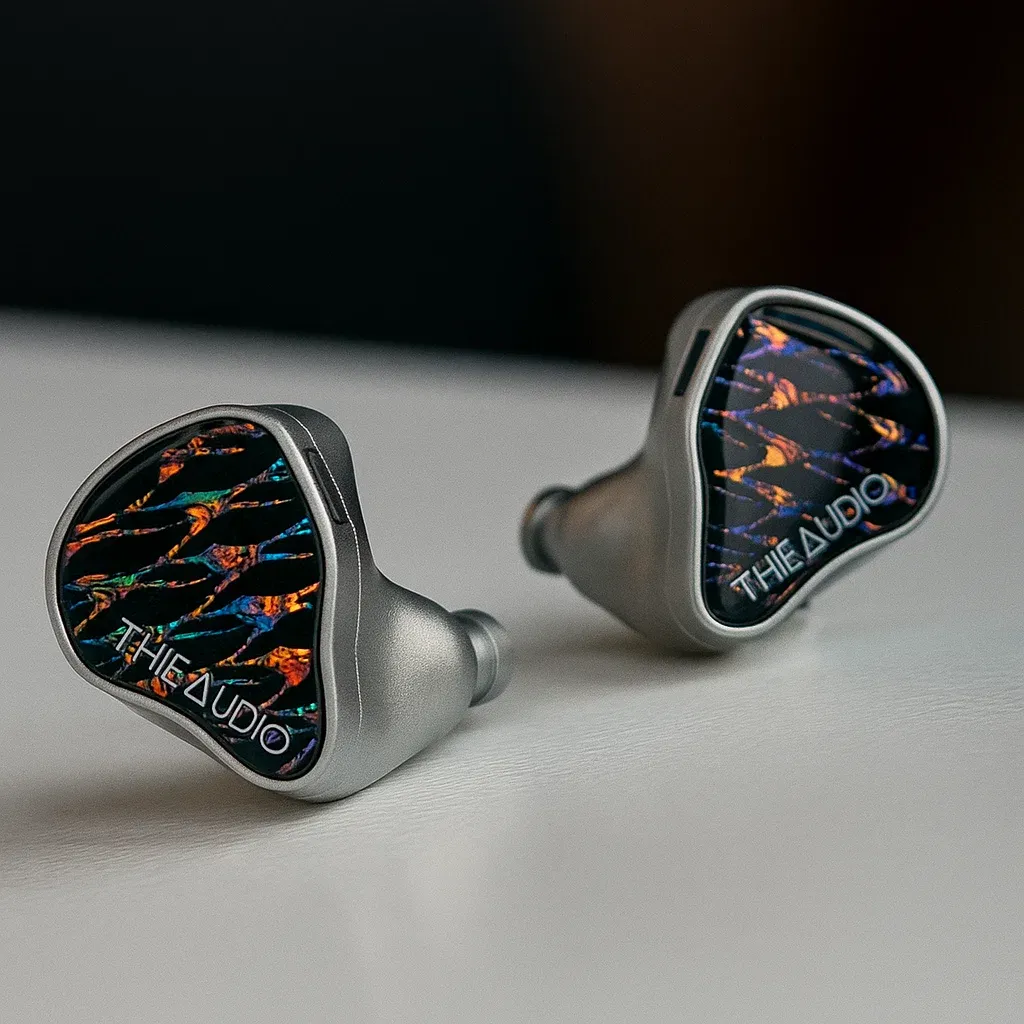Cantorvs.Valhalla
Sound & Specs Comparison
Information
Both IEMs are widely regarded in the audiophile community. See how they differ in terms of sub-bass response, upper mids, clarity, and overall tonality. Spider charts and rating breakdowns included.
Objective Comparison
Facts, details, stuff.
| General Info | Cantor | Valhalla |
|---|---|---|
| Brand | AFUL | Thieaudio |
| Country | Taiwan | China |
| IEM Description | The AFUL Cantor combines technical precision with musicality in a hybrid design. Featuring a dynamic driver for powerful bass and multiple balanced armatures for clean mids and sparkly highs, it delivers a spacious soundstage with excellent separation. Tuning leans slightly toward a balanced-bright signature, making it a solid choice for detail lovers who still want some low-end punch. | A flagship 19-driver BA IEM offering subwoofer-level bass, warm midrange, and smooth, extended treble—all housed in lightweight titanium with audio-grade cabling. |
| Price Level | 500 – 1.000 | 1.000 – 2.000 |
| Housing & Driver | ||
|---|---|---|
| Driver Config | Multi-BA | Multi-BA |
| Driver Types | Balanced Armature | Balanced Armature |
| Shell Material | – | CNC-machined Grade 5 Titanium |
| Cable | 4Braid 5N OFC Cable | EliteNoir premium silver‑plated LCOFC, 20 AWG, 161‑core, Mundorf-soldered |
| Technical | ||
|---|---|---|
| Freq Range | – | 10 Hz – 44 kHz |
| Impedance (Ω) | 20 | 9 |
| Sensitivity (dB) | 106 | 103 |
| Crossover | RLC Network Electronic Crossover | 4‑way passive with 4‑bore acoustic tubing |
| Platform Info | ||
|---|---|---|
| Comments | 1 | 2 |
| Visit Count | 128 | 479 |
| External Reviews | 1 | 1 |
Meta Ratings
// Nothing to compare yet.
Sound Characteristics
Low-frequency extension on Valhalla feels a more natural and authoritative, while Cantor lacks some reach (9.1 vs 8.5). It strikes a b better balance between presence and smoothness in the upper mids compared to Cantor (8.8 vs 8). It provides n more refined lower treble, resolving fine detail and air with greater finesse than Cantor (9.2 vs 8). The highest frequencies on It feel a more natural and less rolled-off compared to Cantor (9.5 vs 7.5). Listeners may notice that It presents sounds with n more lateral space, giving recordings more openness than Cantor (9.2 vs 8). It extracts low-level details a more effectively, helping subtle nuances emerge clearer than on Cantor (9.5 vs 8.8). It organizes musical elements a better across depth, enhancing spatial realism over Cantor (9.3 vs 8.3). Instruments remain intelligible on It even during busy sections, showing e better handling of masking than Cantor (9.2 vs 8). Notes on It feel d more grounded and weighty, whereas Cantor can sound thin or hollow (9 vs 7.5). It delivers dynamic shifts with a greater impact, making Cantor sound comparatively tame (9 vs 8.5). The tone quality of It feels d more organic and true-to-source than the slightly artificial flavor of Cantor (9 vs 7.5). The grain and surface of instruments are rendered a more vividly by It, while Cantor feels flatter (9 vs 8).
| Cantor | Valhalla | |
|---|---|---|
| Sub Bass | 8.5 | 9.1 |
| Bass | 9.0 | 9.2 |
| Bass Feel | 8.5 | 8.8 |
| Lower Mids | 8.5 | 8.9 |
| Upper Mids | 8.0 | 8.9 |
| Lower Treble | 8.0 | 9.2 |
| Upper Treble | 7.5 | 9.5 |
| Sound Stage Width | 8.0 | 9.3 |
| Detail | 8.8 | 9.7 |
| Layering | 8.3 | 9.4 |
| Masking | 8.0 | 9.2 |
| Note Weight | 7.5 | 9.2 |
| Slam | 8.5 | 9.0 |
| Sibilance | 8.5 | 8.8 |
| Timbre Color | 7.5 | 9.0 |
| Tonality | 8.8 | 9.0 |
| Texture | 8.0 | 9.0 |
Tonal Signature
// Nothing to compare yet.

